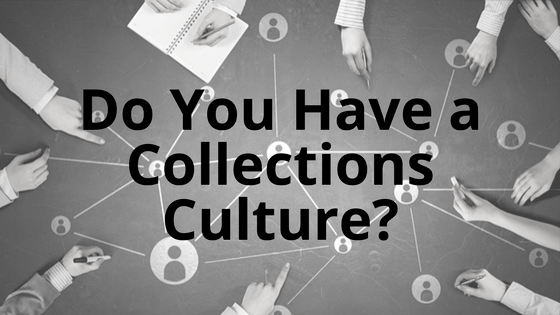teambuilding

It’s a busy afternoon and the practice’s front desk is understaffed, again. After several minutes and a rush of registrations the last patient to walk in finally approaches the counter. Despite the rush of patients the front desk representative offers a friendly greeting, confirms the patient’s general demographic and insurance information, and confirms that she does not owe a co-pay. The rep also notices that the patient has a high outstanding balance and a $5,000 deductible that she has not met yet. The practice’s financial policy states that high deductible health plan patients with a high balance must establish a payment plan in order to receive care, but she is already running late for her time slot so the rep lets her know that following her appointment she will need to meet with a patient account representative to establish one.
Following her appointment the physician walks the patient out of the office, bypassing the check-out desk. On review of the patient’s file the representative finds a note from the physician that the patient was upset that she had to wait so long only to be confronted about her balance, so he instructed her to proceed without checking out and informed her that she would simply receive a statement for the day’s visit in the mail.
True or False: This practice has a collections culture
The patient access representative followed all the proper steps at registration and made an effort to enforce the practice’s financial policy, but the physician overruled and undermined her efforts. So the answer is false, this practice does not have a collections culture.
Typically the greatest challenge when working with patients with HDHPs is front office communication about financial responsibility, but following the proper collections protocol is not enough. There must be an organization-wide culture of collections within the practice that aims to maximize not only recovery, but also patient satisfaction. It may seem counterintuitive that asking a patient for money at the time of service is creating a good experience, but they will be more appreciative of the explanation of their responsibility before receiving services than they will of receiving an unexpected statement weeks later.
So how do you create a collections culture?
Culture Starts at the Top
A healthcare organization’s culture is its set of beliefs and behaviors that determine how employees and management interact to handle patient encounters. New employees don’t bring culture with them, it has to be created within the organization and it starts with leadership. There must be executive buy-in and a top-down decision to create a culture of collections within the practice. In the case of a physician practice, it is the responsibility of management as well as the physicians to understand the importance of patient collections, and to support the rest of the organization in meeting set goals. While a clear financial policy and employee training are valuabl
e, it is the entire organization’s commitment to upholding it that makes all the difference.
Create the Right Team
Leadership can determine what the healthcare organization’s culture should be, but it is key to hire people who will embrace it. Patient expectations are changing. They are seeking more financial transparency. Your patient access staff must have the expertise and experience to be able to answer their questions, or you risk a poor patient experience, and possibly losing that patient altogether. Practices can no longer afford to hire a friendly face for check-in. Front desk representatives must be trained for a much more complex job in deciphering eligibility and benefits, providing estimates, and acting as a financial counselor for HDHP patients.
For tips on how to build a ridiculously successful team, download our webinar on demand.
Provide the Right Tools
Having a collections culture requires giving your team the right tools for the job. Provide the technology and estimate tools they need to streamline their workload and give them access to the information patients are seeking. If your practice cannot commit to the latest technology, provide training opportunities and support that enable your staff to collect the information manually. Either way, if they cannot provide the patients with the information they seek, the patient will find another practice that can.
Teach Everyone in Your Organization to Say “I’m Sorry”
Collecting money from patients requires a positive mindset. Not only should everyone in your organization be able to empathize with patients, they need to be empowered and motivated ask for payment. Help change your employees’ mindset about collecting money with our free webinar on demand: Collecting from Patients – The Human Component. If you can build a team that is motivated and willing to uphold the culture established by the top-level, both recovery and patient satisfaction are sure to improve as a result.
Take this article with you! Click here for a printable version.
Written by Ali Bechtel, Digital Marketing Manager for RMP
This information is not intended to be legal advice and may not be used as legal advice. Legal advice must be tailored to the specific circumstances of each case. Every effort has been made to assure this information is up-to-date as of the date of publication. It is not intended to be a full and exhaustive explanation of the law in any area, nor should it be used to replace the advice of your own legal counsel.


